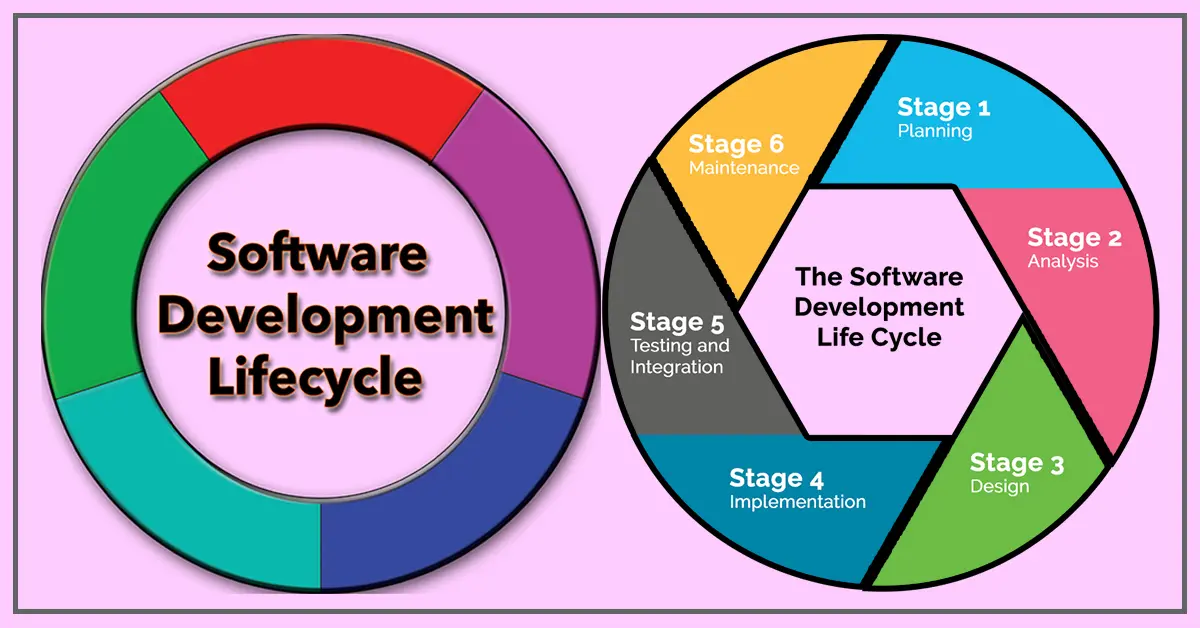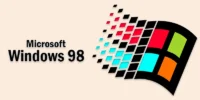Operating System of Mobile | Definition, Example, Types, Features, History and Popular Platforms
Published: 25 Oct 2024
Mobile Operating System
A mobile operating system is the software that helps your smartphone or tablet run. It manages everything from how your apps work to how you interact with your device, like touching the screen or sending messages. Popular mobile operating systems include Android and iOS, which are designed to make your mobile experience smooth and easy to use.
Examples of Mobile Operating System
The most popular examples of mobile operating systems include:
- Android: Google’s mobile system is used on most smartphones.
- iOS: Apple’s operating system for iPhones and iPads.
- Windows Phone: Microsoft’s system for its mobile devices (now discontinued).
- BlackBerry OS: BlackBerry’s system is used on older phones.
- Symbian: An early mobile system used by Nokia (now outdated).
Types of Mobile Operating System
The mobile world has experienced a variety of operating systems. Some are widely used and powerful, while others are smaller and more specialized. Here are the main types of mobile operating system (OS):
- Android: Android is a mobile operating system created by Google. It powers most smartphones and tablets worldwide, allowing users to download apps, browse the internet, and customize their devices. Known for its flexibility, Android lets users personalize their phones with different apps, themes, and settings.
- iOS: iOS is Apple’s mobile operating system used in iPhones and iPads. It is known for its smooth and simple user interface, making it easy to use. iOS offers high security and regular updates, and it has a wide range of apps available through the App Store.
- Windows Phones: Windows Phone was Microsoft’s mobile operating system used in Lumia phones. It had a unique tile-based interface and was designed to work well with other Microsoft services like Office and OneDrive. While it offered a smooth experience, it didn’t gain as much popularity and is now discontinued.
- BlackBerry OS: BlackBerry OS was the mobile operating system used in BlackBerry smartphones. It was well-known for its strong security features and excellent email capabilities, making it popular among business users. While it offered a unique keyboard experience, it eventually lost ground to touchscreen smartphones and is now outdated.
- Symbian: Symbian was an early mobile operating system used mainly by Nokia smartphones. It was popular before smartphones took over the market, offering features like multitasking and a range of apps. However, as technology advanced, Symbian became less common and was eventually replaced by newer systems like Android and iOS.
- Firefox OS: Firefox OS was a mobile operating system developed by Mozilla and designed for low-cost smartphones. It aimed to provide a simple and open experience, allowing users to access apps and the internet easily. Although it had potential, Firefox OS struggled to compete with more established systems like Android and iOS and was ultimately discontinued.
- Tizen: Tizen is a mobile operating system developed by Samsung, and used in some smartphones, smartwatches, and smart TVs. It is designed to be flexible and efficient, allowing devices to run smoothly and connect easily with other Samsung products. While not as popular as Android or iOS, Tizen offers a unique experience for Samsung users.

Features of Mobile Operating System
- User Interface: User interface (UI) is how you interact with your mobile device. It includes everything you see on the screen, like icons, buttons, and menus. A good UI is designed to be easy to use, allowing you to quickly find what you need and navigate your phone with simple taps and swipes. It makes using your device enjoyable and efficient.
- App Management: App management refers to downloading, organizing, and using applications on your mobile device. Mobile operating systems allow you to access app stores, where you can find and install various apps for games, social media, and productivity. You can also update or delete apps as needed, making it easy to keep your device tailored to your preferences and needs.
- Multitasking: Multitasking is the ability to run multiple apps on your mobile device at the same time. This feature lets you switch between different tasks without closing any of the apps. For example, you can chat with a friend while listening to music or browsing the internet, making it easier to get things done quickly and efficiently.
- Security Features: Security features are tools built into mobile operating systems to protect your personal information and keep your device safe. These include password protection, fingerprint or facial recognition, and regular software updates to fix vulnerabilities. By using these security measures, you can help prevent unauthorized access to your data and ensure your device stays secure from threats.
- Connectivity Options: Connectivity options are the ways your mobile device can connect to the internet and other devices. Mobile operating systems support features like Wi-Fi, Bluetooth, and cellular networks, allowing you to browse the web, share files, and stay connected on the go. These options make it easy to communicate and access information, no matter where you are.
History and Timeline of Mobile Operating System
- 1990s: The first mobile operating systems emerged, like Palm OS, which powered early personal digital assistants (PDAs). This era focused on simple tasks like managing contacts and calendars.
- 2000: Microsoft introduced Windows Mobile, bringing features like email and web browsing to mobile devices. It became popular among business users.
- 2007: Apple launched iOS with the release of the first iPhone. This operating system introduced a smooth touchscreen interface and an app store, changing how people interacted with mobile devices.
- 2008: Android was launched by Google, offering an open-source platform that allowed manufacturers to create their own devices. It quickly gained popularity due to its customization and wide range of apps.
- 2010: Windows Phone was released, featuring a unique tile interface and integration with Microsoft services, but it struggled to compete with iOS and Android.
- 2012: BlackBerry OS and Symbian began to decline as users shifted to iOS and Android devices, leading to the downfall of BlackBerry as a major player in the smartphone market.
- 2013: Firefox OS was introduced as an open-source mobile operating system aimed at budget smartphones but was discontinued in 2016 due to low adoption.
- 2014: Tizen, developed by Samsung, was released and used in smartwatches and some smartphones, aiming for flexibility and integration with other Samsung devices.
- 2020s: Mobile operating systems continue to evolve, with updates to Android and iOS focusing on improved security, user experience, and support for new technologies like 5G.
This timeline shows how mobile operating systems have developed over the years, shaping how we use our devices today.
Top 10 Popular Platforms of Mobile Operating System OS
- Android: The most widely used mobile OS, created by Google, is known for its flexibility and huge app store.
- iOS: Apple’s operating system for iPhones and iPads, praised for its smooth performance and security features.
- Windows Phone: Microsoft’s mobile OS, known for its tile interface and integration with Microsoft services (now discontinued).
- BlackBerry OS: The operating system for BlackBerry devices is known for its strong security and email capabilities (now outdated).
- Symbian: An early mobile OS used by Nokia smartphones, popular before the rise of smartphones (now discontinued).
- Tizen: Developed by Samsung, this OS is used in some smartphones and smart devices, offering flexibility and connectivity.
- Firefox OS: An open-source mobile OS designed for low-cost smartphones, but it was discontinued due to low demand.
- KaiOS: A lightweight OS for feature phones, offering basic smartphone capabilities and access to apps like Facebook and WhatsApp.
- Palm OS: An early mobile operating system used in PDAs, known for its simple interface and productivity features (now outdated).
- Bada: Developed by Samsung, it was used in smartphones before being merged into Tizen (now discontinued).
These platforms have played important roles in the development of mobile technology over the years.
Future Trends of Mobile Operating System OS
- 5G Technology: As 5G networks become more common, mobile operating systems will integrate features that take advantage of faster internet speeds, allowing for smoother video streaming and quicker downloads.
- Artificial Intelligence (AI): Mobile OSs will increasingly use AI to improve user experience, such as smarter voice assistants, personalized app recommendations, and enhanced security features.
- Augmented Reality (AR) and Virtual Reality (VR): Future mobile operating systems will likely support more AR and VR applications, providing users with immersive experiences for gaming, shopping, and education.
- Improved Security: With growing concerns about data privacy, mobile operating systems will continue to enhance their security features, like better encryption and biometric authentication (like face and fingerprint recognition).
- Integration with Other Devices: Mobile OSs will work more seamlessly with other devices, such as smartwatches, home assistants, and smart appliances, creating a connected ecosystem for users.
- Customization and Personalization: Future mobile operating systems may offer even more options for users to customize their interfaces and experiences, making devices more personal to individual preferences.
- Sustainability: There will be a focus on developing mobile operating systems that support eco-friendly practices, like optimizing battery usage and enabling features that help reduce energy consumption.
These trends indicate that mobile operating systems will continue to evolve, making our devices smarter, safer, and more connected in the future.
Conclusion about Operating Systems for Mobile
Mobile operating systems are essential for making our smartphones and tablets easy to use. They manage everything from apps to security features, helping us stay connected and organized in our daily lives. With popular systems like Android and iOS leading the way, mobile OSs continue to evolve, incorporating new technologies and improving user experiences. As we look to the future, we can expect even more innovations that will make our devices smarter and more efficient, enhancing how we communicate and interact with the world around us.
FAQS – Operating System in Mobile
A mobile operating system is software that runs on mobile devices like smartphones and tablets. It manages the device’s functions, allows you to use apps, and helps you interact with the device through its interface.
No, you can’t run iOS apps on an Android phone or Android apps on an iPhone. Each operating system has its own apps designed specifically for it, so they are not compatible with each other.
To update your mobile operating system, go to your device’s settings, find the “Software Update” or “System Update” option, and check for any available updates. If there’s an update, follow the instructions to download and install it.
No, you can’t install any mobile operating system on any smartphone. Each phone is designed to work with specific operating systems, and trying to install a different one may not work or could damage the device.

- Be Respectful
- Stay Relevant
- Stay Positive
- True Feedback
- Encourage Discussion
- Avoid Spamming
- No Fake News
- Don't Copy-Paste
- No Personal Attacks

- Be Respectful
- Stay Relevant
- Stay Positive
- True Feedback
- Encourage Discussion
- Avoid Spamming
- No Fake News
- Don't Copy-Paste
- No Personal Attacks





